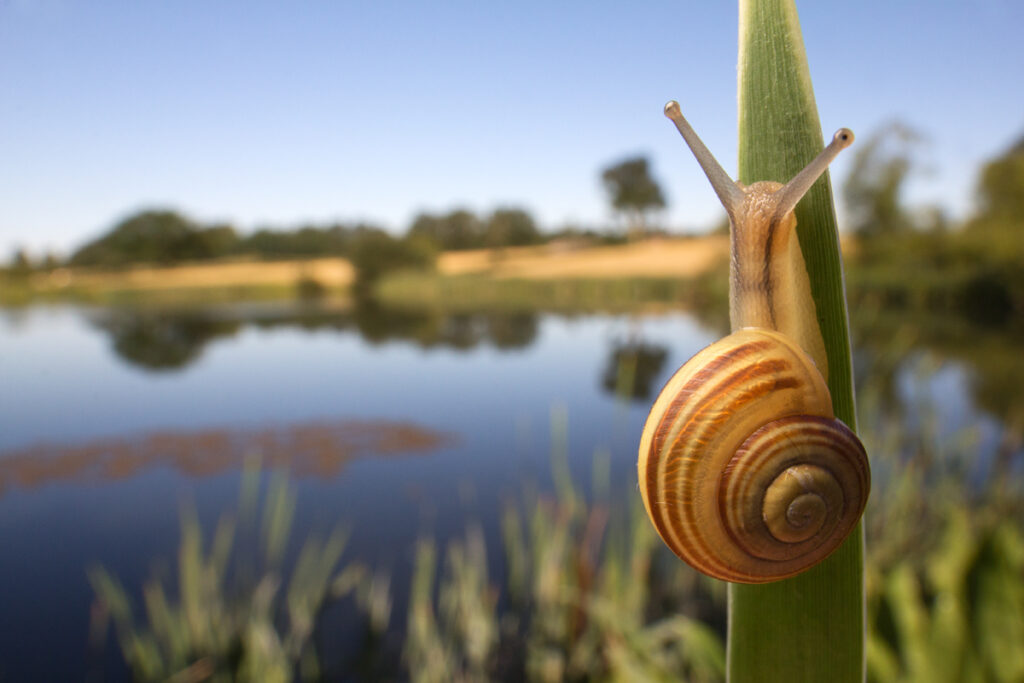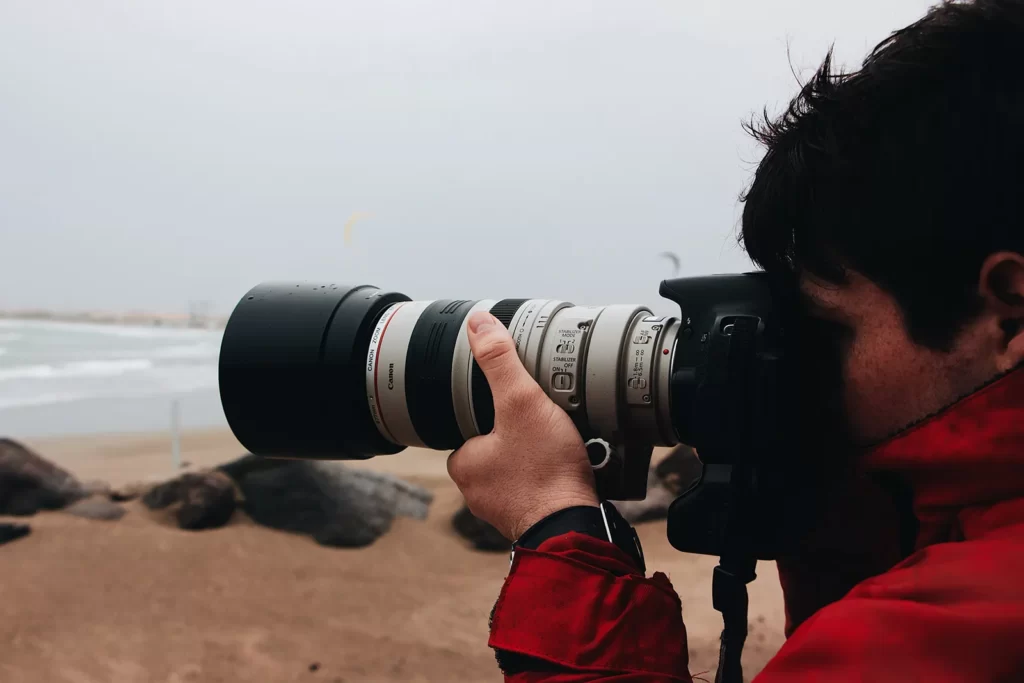Have you ever wondered about the differences between macro and telephoto lenses?
In the world of photography, these two types of lenses can seem similar, but they serve very different purposes. Let’s break down the distinctive features of a macro vs telephoto lens. By doing so, you’ll find out how these differences can impact your photography.
Read on and let’s get started.
Macro Lens Marvels
A macro lens lets you get up close and personal with your subject. Imagine capturing a bug’s tiny feet or dewdrops on a leaf. That’s the magic of a macro lens!
It’s designed to focus on close-up objects, making them appear life-sized or larger in your photos. This is something other lenses can’t do.
Macro lenses are perfect for photographing small details and textures. This makes them a top choice for nature, food, and product photography. If you want a detailed close-up shot, a macro lens is your best friend.

Telephoto Lens Triumphs
A telephoto lens is the superstar of far-off scenes! Think of stunning landscape shots or a faraway bird in flight. Telephoto lenses can capture it all.
These lenses have long focal lengths, letting you zoom in on distant objects. They help make those objects look closer than they are. Telephoto lenses are great for capturing details that are too far away for other lenses.
They come into their own in wildlife, sports, and portrait photography. If you want to take a photo of something far away, a telephoto lens is your go-to tool.
They let you get a clear view without disturbing your subject. The telephoto zoom is one of the many reasons why many photographers love them.

Macro vs Telephoto Lens: Comparative Analysis
Now that we’ve explored the unique attributes of both macro and telephoto lenses, let’s delve into a head-to-head comparison. This way, you can get a better sense of which lens is the right fit for your photography needs.
Remember, it’s not about which lens is generally better – it’s about which lens is best for what you want to capture. Ready? Let’s get comparing!
Depth of Field Differences
When you’re dealing with depth of field, that’s where macro and telephoto lenses differ. A macro lens has a shallow depth of field. This means only a small part of the shot is in sharp focus.
It’s great for those detailed close-ups. On the other hand, a telephoto lens has a deeper depth of field, ensuring more of the shot is in focus. It’s ideal for clear, distant shots.
Lens Construction Comparison
When it comes to building, macro and telephoto lenses are quite different. A macro lens is generally compact and lightweight, making it easy to carry around for close-up shots. A telephoto lens, however, tends to be heavier and bulkier because it’s designed to zoom in on faraway subjects.
The size and weight might matter when planning to shoot for a long time. Remember, a smaller lens is good for close-up details and a larger one helps capture distant scenes.
Usage in Different Scenarios
Let’s think about where you might use these lenses. If you’re shooting a soccer match or a bird in a tree, a telephoto lens is your pick. It lets you stay far away but still get a great shot.
But if you’re shooting a butterfly on a flower or the texture of an orange peel, you’ll want a macro lens. It lets you get super close and capture tiny details.
The best lens depends on what you’re photographing. It’s like choosing the right tool for a job.
Price and Quality Aspects
When cost is a concern, it’s good to know that both lenses can range in price. Macro lenses tend to be a bit cheaper. They’re small, so they need fewer materials to make.
Telephoto lenses are usually pricier. That’s because they’re bigger, and they need more parts.
As for quality, both lenses can give you top-notch shots. It all comes down to what you need.
If you want clear, far-off shots, invest in a telephoto lens. A macro lens is worth every penny if you love crisp, close-up shots.
Lens Selection Guide
By now, you should have a better understanding of the differences between macro and telephoto lenses. So how do you choose which one to use? Read on for what you need to consider when selecting a lens.
Understanding Focal Length
Focal length might sound like a complicated term, but it’s quite simple! It’s just a way of describing how zoomed-in your photo will be. Think about it like this: if you’re using a lens with a higher focal length, you’ll be able to zoom in closer to distant objects.
So if you want to take a photo of a bird perched on a far-off branch, a lens with a high focal length is your best bet. But if you’re planning to take up-close photos of a beautiful flower, a lens with a lower focal length is a better choice.
Considering Aperture Range
The aperture is like the eye of your camera – it controls how much light gets in. If you’re shooting in a low-light setting, a lens with a large aperture (small f-number) is what you need. It will let more light in, making the photo brighter.
On the other hand, a small aperture (large f-number) is great for sunny days. It lets less light in, so your photo won’t be too bright. Always consider the range of apertures a lens offers before you make your pick!
Evaluating Lens Quality
The quality of the lens is key. But how do you know if a lens is good or not? Look at its design and the materials it’s made from.
Good lenses are often heavier because they use quality glass. Also, read reviews. They can tell you what other photographers think.
When looking for reviews online, be sure to specify your location as it can help narrow down your options. For instance, if you’re from Nairobi, look specifically for SLR lenses in Nairobi when making your online search.
A good lens will help you take clear and beautiful photos. This is true no matter what you’re shooting!
Pick the Right Lens for Your Needs
In the showdown of Macro vs Telephoto Lens, your choice largely depends on your needs. Macro lenses excel at close-up shots, while telephoto lenses are perfect for capturing distant subjects.
Remember, the best lens is one that fulfills your requirements and enhances your photography style. Happy clicking!
Check out our other posts for more helpful guides and tips!























